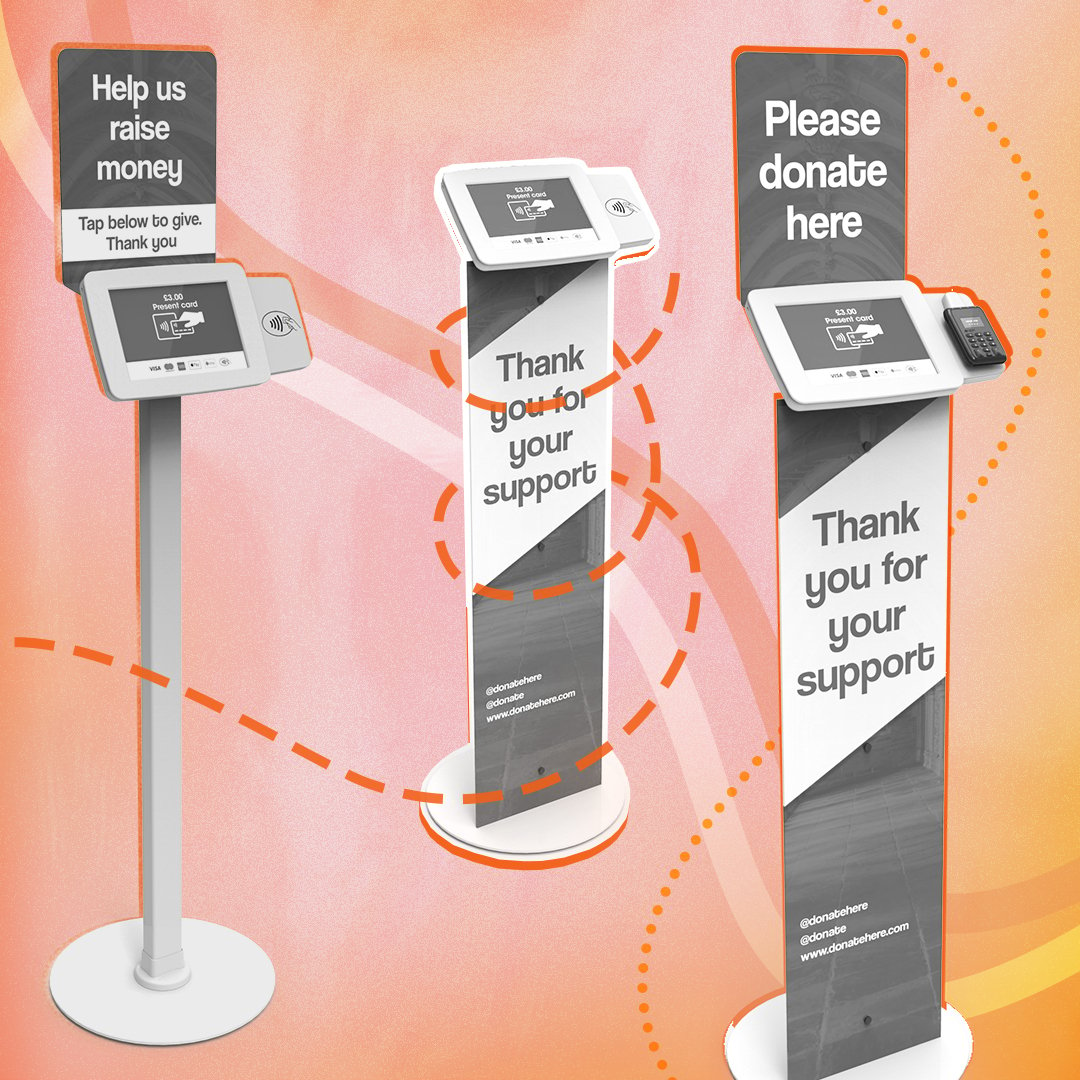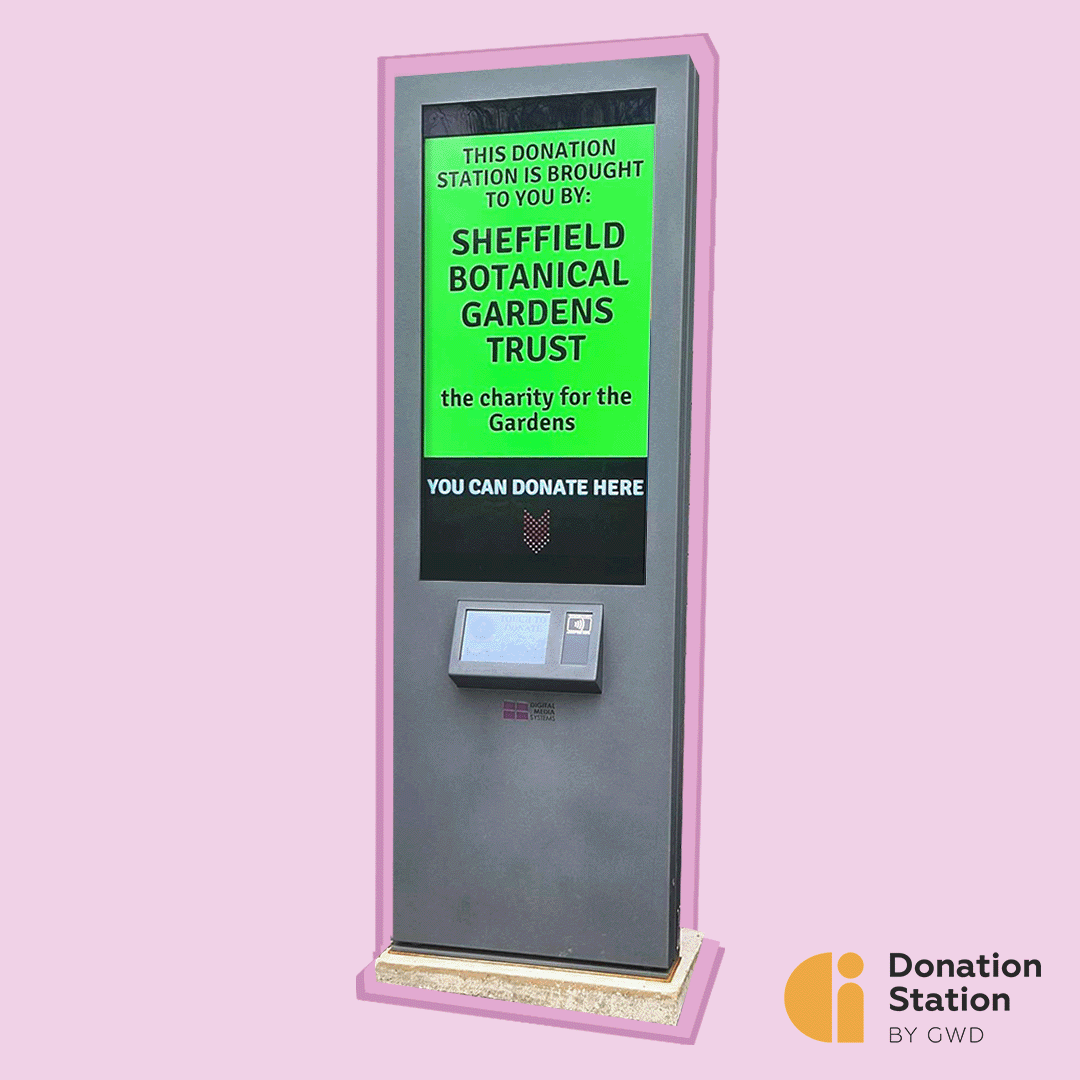Gift Aid: A guide for charities
A comprehensive overview of how Gift Aid works, and how to use it,
to boost your fundraising income.
Who is this guide for?
What will I learn?
This guide is aimed at anyone fundraising for a charitable organisation, or perhaps people responsible for fundraising within a company.
You could be responsible for fundraising, a CSR Manager or Volunteer - everyone should hopefully gain something here!
You might've heard of Gift Aid, but aren't totally sure of it's structure or value for your charity.
This guide will take you from learner to expert, and help you build a toolkit for your fundraising strategy today.
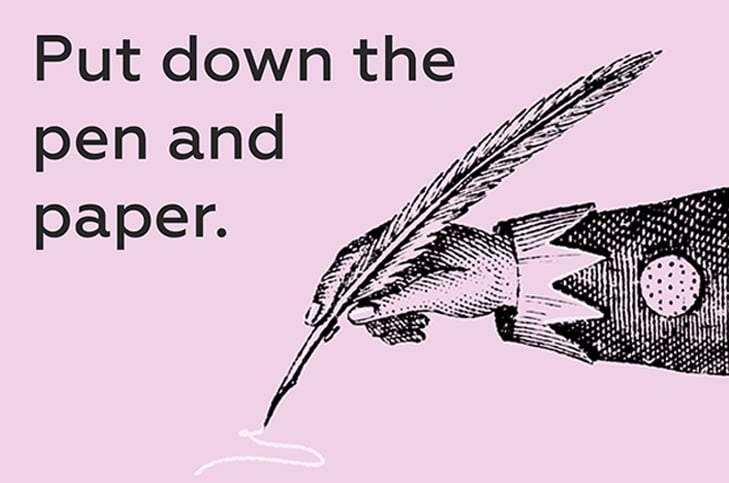
Gift Aid Declarations
Build a strategy
Maximise your Gift Aid tax relief
Want to improve the way it works for your organisation? we cover the key considerations and tips for boosting your fundraising with an optimised Gift Aid strategy.
Download for later
Table of Contents
| Chapter 1: | What is Gift Aid and why is it important? |
| Chapter 2: | How Gift Aid works Alternatives to Gift Aid for Smaller Organisations |
| Chapter 3: |
Opportunities and Benefits |
| Chapter 4: | Tools for Gift Aid fundraising |
| Chapter 5: | Creating your Strategy |
| Chapter 6: |
What is Gift Aid?
Gift Aid is a UK government scheme that allows charities to claim back 25% of the value of a donation, as a payment to charities.
For a charity to claim this additional money from HMRC, the donor must be a UK taxpayer and make a declaration allowing the charity to claim, at no extra cost to the donor.
Find out more
[Blog] Gift Aid and Digital Giving for charities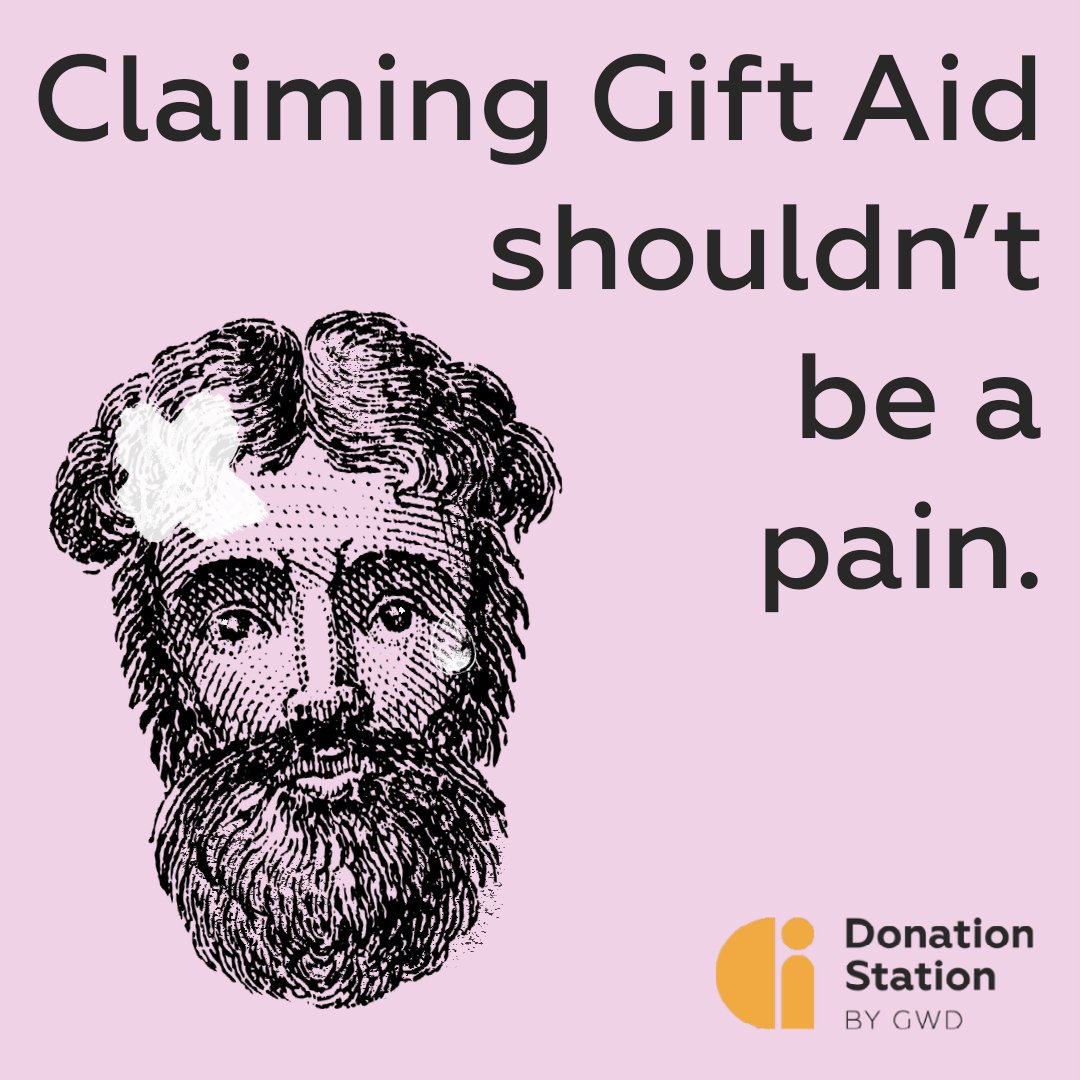
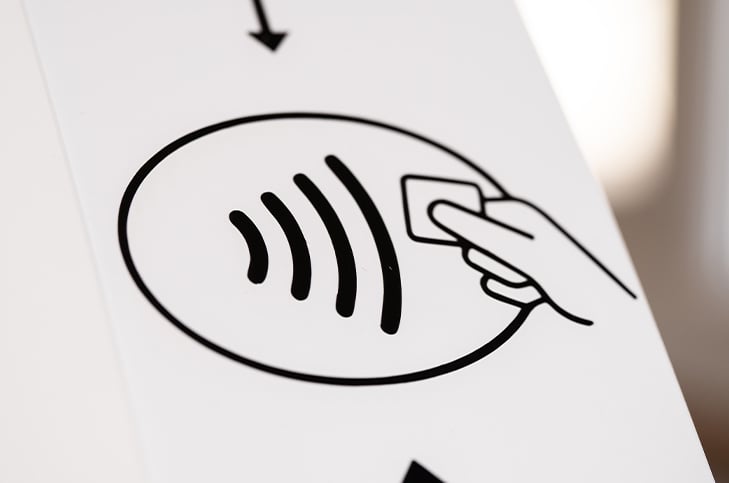
Did you know?
In the last year, people are choosing to give in more ad hoc ways, rather than committing to regular giving.
Report source: 2022 State of the Sector Report
Why is it important?
It’s extra funding for your charity! All donations are great, but the extra boost Gift Aid makes super-charges your fundraising activities.
It has the power to persuade. Research has found people are more likely to donate when they see the government is willing to top up their money to charity.
Times are changing. A global pandemic has impacted our spending and giving habits. Charities are expecting the growth in digital giving to continue as we adjust to new ways of living, from work, to travel and socialising.
Society is shifting away from cash giving.
Digital methods are taking the place of eponymous cash collection boxes in our communities.
Charities increasingly use digital giving devices, to capture Gift Aid more easily and frequently than envelopes typically left around a donation box in your local museum or church.
Who can make claims, and who can't?
Gift Aid can be claimed by Charities, Amateur Sports Clubs, and companies fundraising on behalf of charitable organisations
Charities
Charitable organisations can claim the 25% extra on top of a donation, in tax relief, from donors that meet Gift Aid requirements.
Sports Clubs
Like charities, community based sports clubs, meeting the requirements of a Community Amateur Sports Club (CASC) can claim Gift Aid under certain conditions
Companies
Companies can, when making a donation to charity, benefit from Gift Aid.
However, instead of the charity making the claim for Gift Aid, the company offsets the 25% donation Gift Aid value against their profit, therefore delivering a reduction in the company's Corporation Tax.
Need more info?
[Article] Gift Aid for Business from Philanthropy Impact
Check Eligibility UK Government Gift Aid guidance
Where can Gift Aid be claimed?
The type and location of fundraising matters when it comes to Gift Aid.
There are some exceptions and exclusions to be aware of when planning your fundraising strategy, which mean either adjusting your expectations for fundraising income, or the collection method.
Adjustments
Ticketed entry to charitable venues: museums, heritage sites, or cultural venues will need to add a 10% admission fee on top of their ticket price, in order to make a claim. This gives visitors the option of paying the standard or an enhanced entry price, allowing the charity to claim the additional 25% back in tax relief.
Remember the envelopes we mentioned earlier? Cash collections won't qualify unless each donation is separated into individually sealed envelopes with donor details and signed declaration.
Exclusions
There are a few key transactions that you may receive as a charity, that aren't eligible for Gift Aid claims including payments via:
- Payroll Giving
- Limited Companies
- Goods or services
- Shares
- Vouchers or Charity Cards
- Membership Fees
Need to check the Guidance?
[Guidance] What you can claim Gift Aid on
Alternatives to Gift Aid
For smaller organisations
GASDS
Technically still part of Gift Aid, but separate to it (and delivering the same 25% additional revenue as tax relief) is the Gift Aid Small Donation Scheme (GASDS) which can be claimed without declarations.
This simpler scheme is ideal for organisations who typically receive lower levels of donations, with a few key restrictions:
- Donations are limited to under £30
- Organisations must have already claimed Gift Aid in the same tax year
- Up to £8000 can be claimed in one tax year
- Records of Donations with receipts, collection and payment dates must be kept for at least 2 years
Read more:
[Advice] GASDS rules
[Guidance] Check my organisation's eligibility for GASDS
[Data Insights] Read about the value of GASDS which paid £30mn to claimants in 2021
Opting out?
Boosting fundraising without Gift Aid
If your activity doesn't meet GA criteria, or when your supporters aren't likely to meet donor requirements, you could consider using some additional strategies to boost your fundraising activites:
- Ask donors to cover transaction fees
- Add suggested amounts above your average donation figure
- Use messaging and imagery to tell your story
We find explaining your cause and the impact that additional £5 or £10 can make charity service users can both transform income and develop a one-off donor into a regular giver.
Read More:
[Article] Using digital fundraising devices to boost fundraising efforts
How to make a Gift Aid claim
Claiming Gift Aid is relatively simple, once you've got a system in place for gathering the key information HMRC requires.
If you've never submitted a Gift Aid claim before, it's important to do these things first:
- Ensure your organisation is registered with HMRC as a Charity or CASC
- Decide how you're going to ask for donor information and collate it safely
- Decide how often you'll be able to make submissions.
When you're ready to make a claim, go to the HMRC portal to upload your donor information for validation and successful Gift Aid claim.
More Info:
[Article] Using a Donation Station for Gift Aid
Where can I find further information?
Now you know what needs to be put in place, here is a list of resources that will help you prepare to start taking Gift Aid donations:
[Article]
HMRC requirements information and advice tailored for charities from organisations like Charity Finance Group
[Form download]
Simple yet important for ensuring a successful claim, use our template here
[Scheduling info]
Submission deadlines for planning ahead
It's worth reminding ourselves what drives people to donate to causes in the first place, because using Gift Aid is so intrinsically tied to the psychology of fundraising.
Gift Aid is an opportunity to gain more, for your community, charity or faith group.
Engaging Hearts and Minds
Research on charitable giving, has indicated supporters are often ruled by hearts over their heads, giving more to charities who show the tangible impact of their work on just one person in need. We connect more easily with this idea, and are more attracted than through seeing statistics.
But what about those statistics?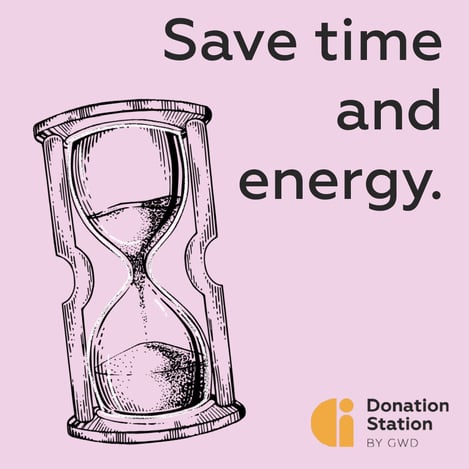
Gift Aid can increase fundraising income by 25%, when all requirements are met.
So how do we encourage more people to sign the declaration, and help meet those fundraising targets?
Reduce the barriers
- Talk to your finance team about reducing paperwork, and moving to digital accountancy systems if they're not already in use, to reduce time and risks
- Adding a digital donation device such as the Donation Station that takes the place of cash envelopes, and paper-based accounting methods can be the first step you make.
Share the Good News
Any new device, or online donation service you add should provide a good return on your investment, but success will be dependent on how its communicated.
Share the news, to encourage more supporters to Gift Aid their donations.
Tax Relief for Higher Earners
Another benefit of Gift Aid is the additional tax relief supporters can gain from their donations.
If your supporter groups feature higher rate taxpayers, they can obtain relief for the donation on their tax return, increasing their basic rate band by the gross charitable donation, therefore boosting the proportion of their income taxed at lower rates.
It could be worth highlighting this opportunity within your supporter newsletters, or adding a note to your next a targeted email campaign, using marketing segmentation tools.
However, we aren't tax experts, so it's a good idea to consult a financial adviser to confirm the exact guidance.
Read more:
[Article] Charity Tax Group's Gift Aid advice for Tax Payers
Tools for Gift Aid fundraising
What tools help capture Gift Aid submissions?
There are a number of ways to optimise your organisation to collect Gift Aid. Tools such as digital donation stations, or online declarations are our favourites, as they're designed to speed up your admin and reduce risks by handling data safely.
Here's an overview of how they work:
Donation Devices - integrating the Gift Aid declaration within a donation journey is probably the best way to convert a donor to make a submission. The Donation Station by GWD makes it clear how much a person's donation will be boosted by in pounds and pence, and ask them for their details simply and quickly.
Declaration Forms - online forms are needed to legally make a Gift Aid declaration when donating money via websites. And paper versions are still needed in some situations, and are a simple tick box alongside inputting contact details (whilst we advocate strongly for digital fundraising it's important for the inclusivity of any social organisation and its services that cash collections are available where needed).
Entry Tickets - some charitable venues can add the 25% value of Gift Aid as an additional fee onto the price of entrance, so once again a declaration and contact details are needed at point of purchase.
Creating your Strategy
When deciding how to add Gift Aid to your fundraising activities, it can be helpful to view it through the lens of your audience and the typical donor that your charity wants to attract, as well as the fundraising strategy of your organisation.
Who is your audience, and what are their interests?
You may have already identified your charity supporter and their usual supporter journey from discovery to legacy. But if not, there are some handy guides on identifying your supporter's 'persona' in order to gain focus on their interests and beliefs.
When you know your audience's habits, it can help you work out the right communication channels, find the events they'll be at and even adopt language that will connect best.
Sounds strategic doesn't it?
The methodology comes from commercial marketing, and works equally for charities and social groups that rely on building good supporter relationships. The primary benefit of knowing your supporter personas is they allow you to target your audience with content and information (like specific causes and campaigns) that's more likely to reach their hearts and minds.
Read more:
[Article] How to use Personas for Digital Fundraising by Charity Digital
[Info] Using the Causes feature in Getting the most from your Donation Station
How to choose the right tools for your organisation
As fundraising strategies differ, so can your approach to digital fundraising.
Whether you're aiming at building supporters through philanthropy, or more engaged with community-based fundraising, it will be important to choose the right tools that will reach your supporters and grow your subscribers.
It's important to consider what your organisation is most focussed on, when choosing the right fundraising channels and devices, and how you want to capture Gift Aid.
We've written more generally on how to use digital devices to support your digital fundraising strategy but when it comes specifically to Gift Aid, consider the following questions:
What is your budget allocation to digital fundraising tools?
What return on my investment do I want to see, from any new tool?
How does the tool capture Gift Aid, and what data does it give me?
Can I use the data to improve my fundraising initiatives?
Measuring and Managing your data
When it comes to data, we know how helpful it can be to delve into supporter behaviours, and see when and where, and how much is donated. Plus, when you can see who makes a Gift Aid donation, and who doesn't it can be further beneficial.
There are a few key points to think about when working with Gift Aid data:
Managing data
Where is the data held and how will it integrate with existing data management?
Also, how do I ensure it's captured safely in line with GDPR rules?
As HMRC requirements state, the contact details of each Gift Aid submission should be taken at point of payment or donation. So, taking this information safely is important to avoid data loss. Reduce your risks by using secure databases, following best practice IT management, and when paperwork is involved, keeping any of this securely filed with accounts, or treasury individuals.
Any digital donation device should manage your data safely too, and avoid storing it on the device permanently, to avoid the risk of data theft.
Analysis and Optimisation
Making the most of your Gift Aid data is probably one of the biggest opportunities for charities when it comes to implement new digital fundraising activities. Through analysing activities it should be possible to optimise a digital donation device, tweak messages and the user journey to gain more revenue.
For instance, our Donation Stations have a customer portal, where you can download reports based on the enabled features, from Gift Aid to Marketing Email subscriptions, or a 'Remember My Card' feature, that will recall contact and payment details of a regular giver.
Read more:
[Article] Getting the most from your Donation Station
What if donors don't submit Gift Aid? |
|
If you notice supporters don't make Gift Aid declarations, it's worth checking how it's being communicated: When sending out newsletters, make sure to promote the reason's why making a declaration can help Is it obvious that Gift Aid declarations can be made at point of donation? Would a new sign or branding help, or a focus on the topic in any social media you have? Join up your physical and digital fundraising. Add notices and links to online giving platforms that will take a Gift Aid declaration at point of payment |
Refine your approach
Consider testing your strategy for a given timeframe (maybe 3 months) to see if these additional features and revenue building opportunities make a difference.
Ask your provider to switch on any features on your device for a few months, and then off for the same timeframe, with the same approach on any online donation portals.
After this, review the results to see what difference these make.
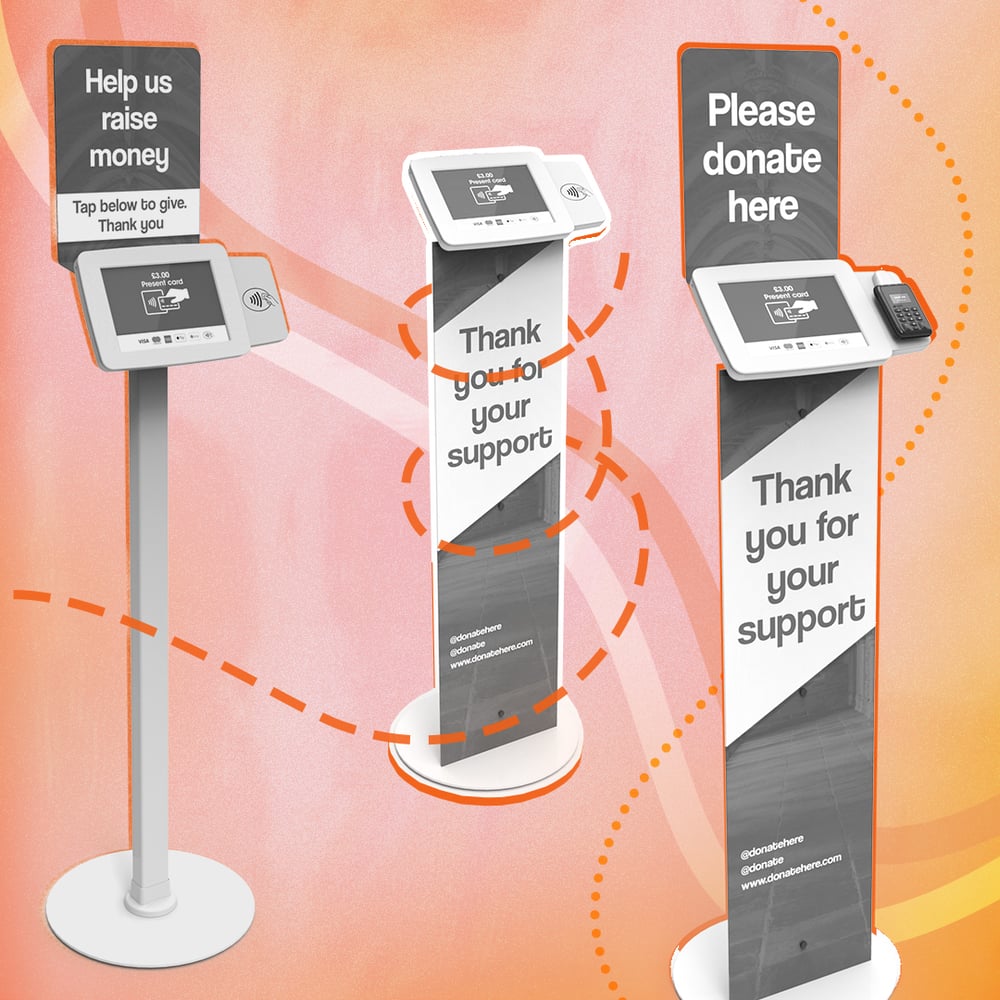
Find out more
Ask us for a demo of our Donation Station, or tell us what you want to achieve with your fundraising. We love to talk Gift Aid!
Want to talk to us?
Disclaimer: This webpage is provided for general information only. The information contained in this webpage is not organisation specific. We recommend that you obtain professional specialist technical and legal advice before taking, or refraining from, any action on the basis of information contained in this webpage.


